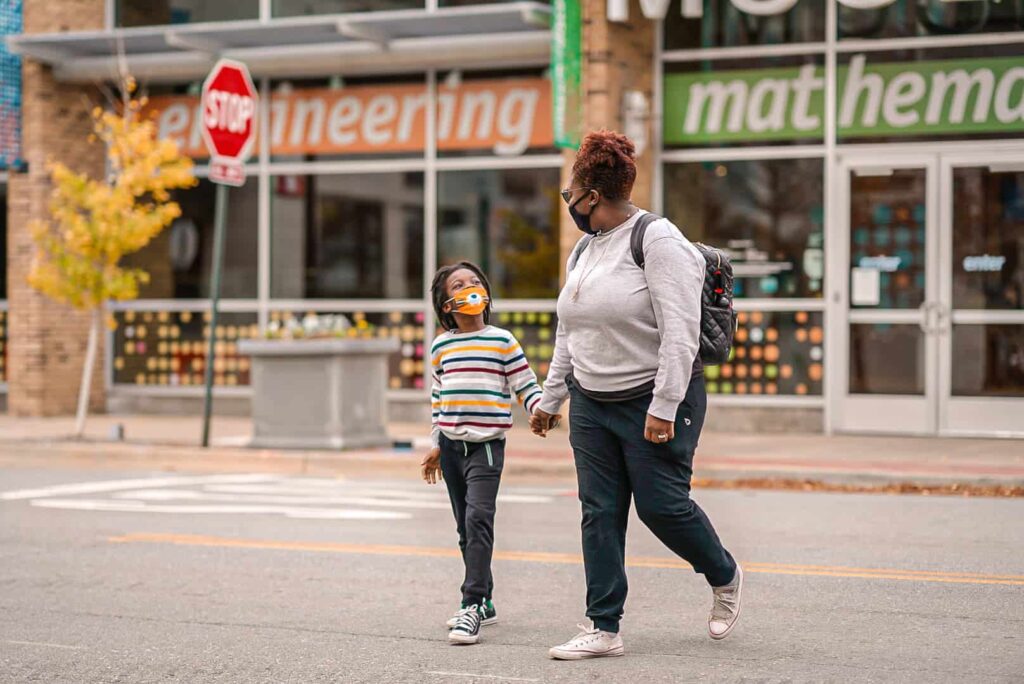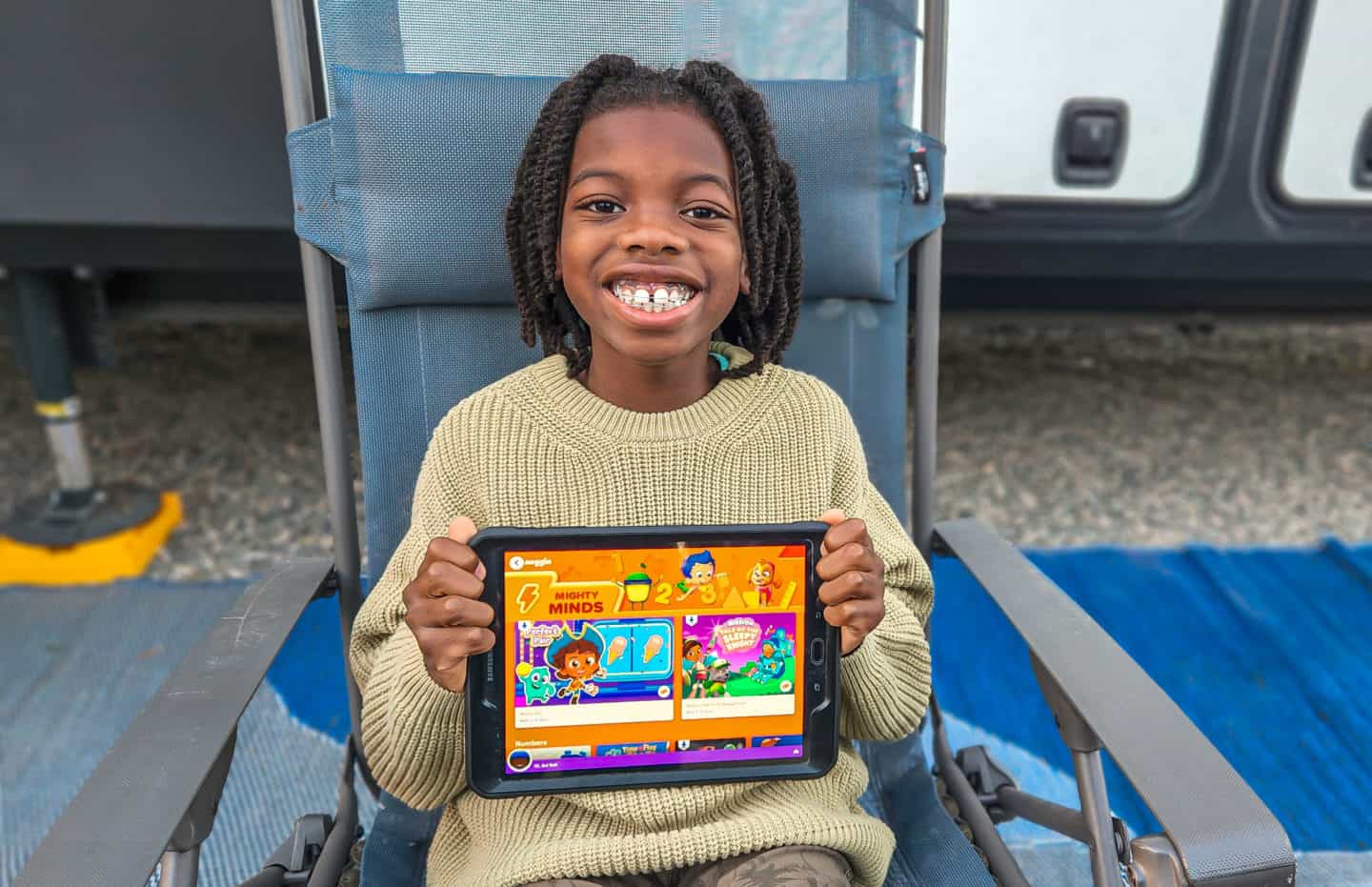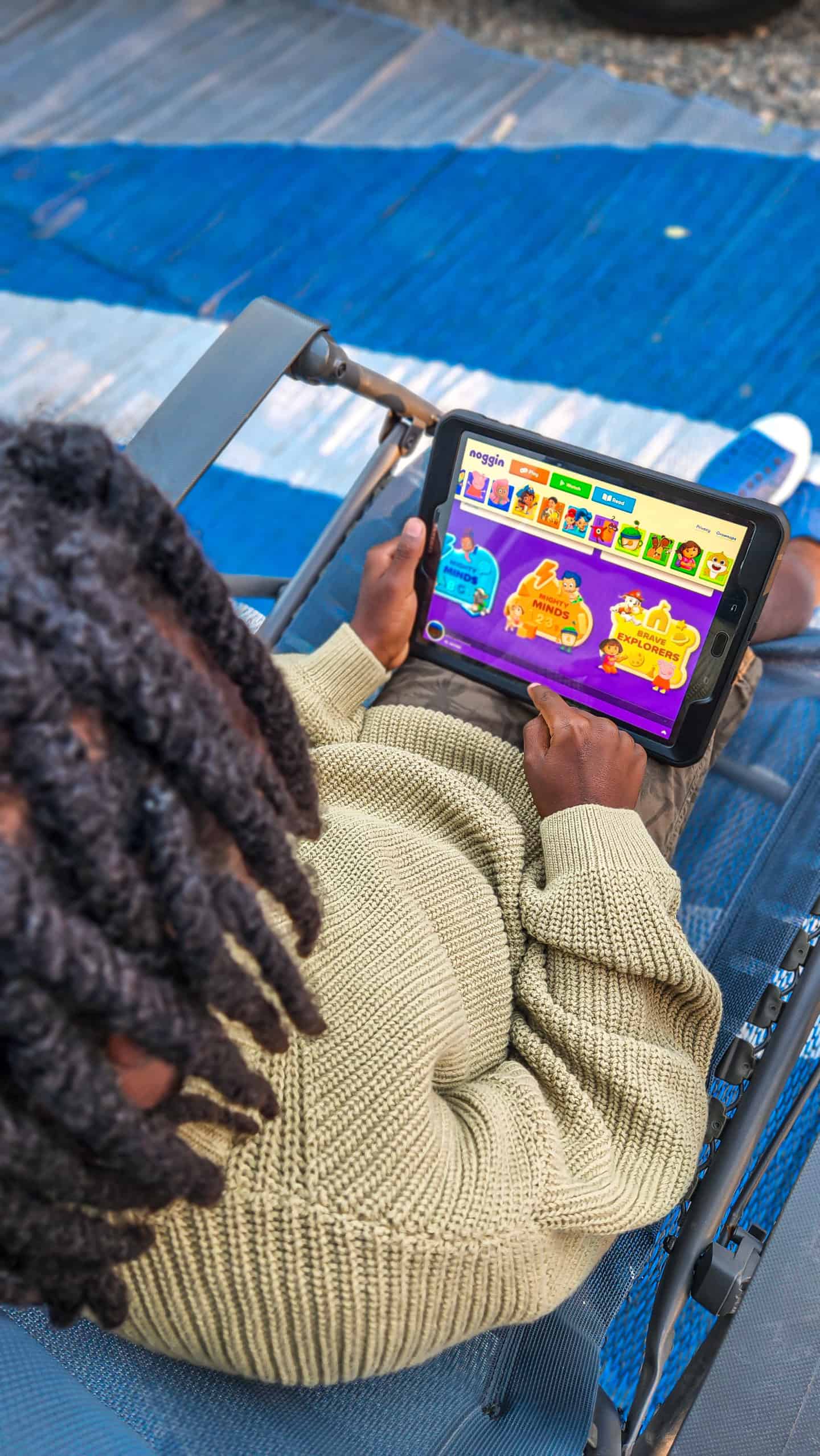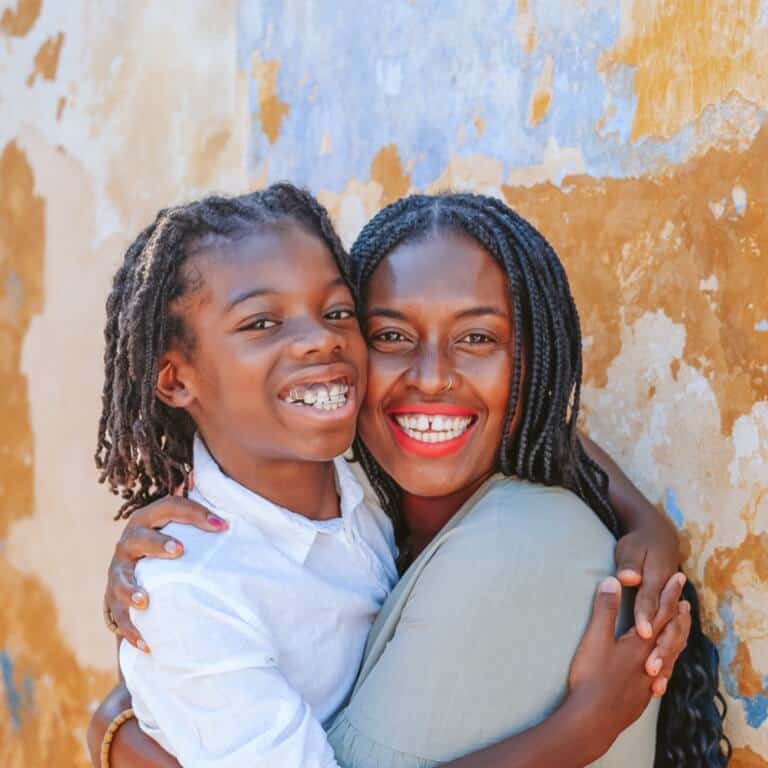
This post may contain affiliate links. By clicking on any of the links below, I may get a commission if you make a purchase at absolutely no additional charge to you. This helps offset the costs of running this blog & I appreciate your support. Please see my privacy & disclosure policy for more.
Table of Contents
As parents, we often monitor the physical and mental health of children. It is indeed very important to help them navigate through their feelings, particularly through the initial learning years and guide them down the right path.
Working with your child to properly identify their emotions can open a two-way communication channel where they will be comfortable enough to express their feelings with you regardless of how difficult the situation is.
Let’s be real, emotions can be complicated, even for adults so it is crucial to teach the kids about emotional health in fun ways. In this article, I’m sharing 6 essential ways along with a helpful tool I discovered to teach children to understand and express their emotions effortlessly.

6 Ways For Teaching Children To Understand & Express Their Emotions
1. Identifying Emotions
Everyone knows the power of verbalization. But for kids to effectively verbalize, they need to identify their emotions first. Start off with simple feelings, such as happiness and sadness and slowly add in more feelings as time goes on.
Ask your child how they are feeling and help them verbalize it, as well as walk them through it.
2. Getting Interactive
Talking to kids about feelings is very necessary. It can be through a poem, face guessing, or whatever your unique way is. The main goal here is to make sure that children learn about those emotions.
You can give them certain scenarios and ask them how they would feel. Eg. If you don’t get to play outside, how will that make you feel? Let them identify and verbalize themselves. Or make a face and let them guess what emotion it is. This ensures they recognize the feeling and are able to express it simultaneously.
3. Talk about emotions and feelings
When reading a story, ask them to express how the characters are feeling. What happens when a character is angry, frustrated, or jealous. It’s best for them to understand positive and negative emotions. Also, they should express both of them freely.
I suggest starting with light and positive feelings initially and going on from there. Don’t rush as each kid is unique with their own learning capability. As smart parents, we need to understand this key concept.
4. Visual stimulation to build emotional intelligence
Visual stimulation is an effective way to teach kids about feelings and emotional health. Screen time that promotes education and entertainment is a win-win situation for both parents and kids. The visual stimulation can be generally kid-friendly videos and stories.
They’re not only enjoyable but also capture the action and reaction among the characters. Their interactions and behavioral patterns teach kids about emotional well-being.
5. Various ways to cope and express
There are multiple ways to express your emotions. There is no right or wrong. But there are always healthy ways to cope and express feelings. Kids should understand this from the start. Tantrums, crying and disobedience are common in kids mostly due to the inability to understand, process, and express their exact feelings.
Guiding and nudging them slightly thoroughly helps them to identify something they’ve done wrong and learn the healthy way. If they are able to understand why their play time is cut short, they may not put up a scene.
Children learn from their surroundings, mostly by watching us daily. It’s important to set a healthy example for them.
6. Rewarding the right actions
Praising kids and rewarding their right actions whenever necessary aids in learning and applying emotional intelligence. Kids not only remember but also carry it forward. Positive reinforcement improves the learning curve.

How To Incorporate Noggin When Teaching This
Helping Aiden grow emotionally and socially is so important to me, and I was excited to come across Noggin’s learning pillars that could help achieve this.
There are four learning programs to build specific skills: Big Hearts (social and emotional skills), Might Minds (math and literacy), Brave Explorers (knowledge and history), and Healthy Heroes (physical development and wellness). Each program offers three fun interactive ways to learn and explore.
Our favorite program is Big Hearts! It’s a year-long program that teaches kids how to develop healthy relationships and build confidence. Through fun-filled music and activities, it covers nine skills from empathy to building new links and making friends which is amazing!
Want to know the best part? You can try Noggin for 60 days free using this link!
What I really like about Noggin is the education and entertainment duality. Their learning approach is backed by research and designed by educators, allowing kids to learn at their own pace.
The learning activities and videos available on Noggin are a hit, not only for Aiden but for me aslos. I love watching them with him. It is entertaining, enjoyable, and also visually stimulating all while teaching social and emotional well-being.
Noggin comes in very handy and makes my job as a parent effortlessly easy!

This blog post is sponsored by Noggin, all opinions are my own.
